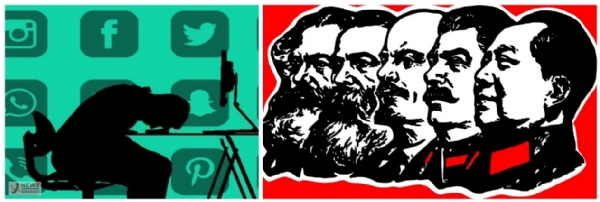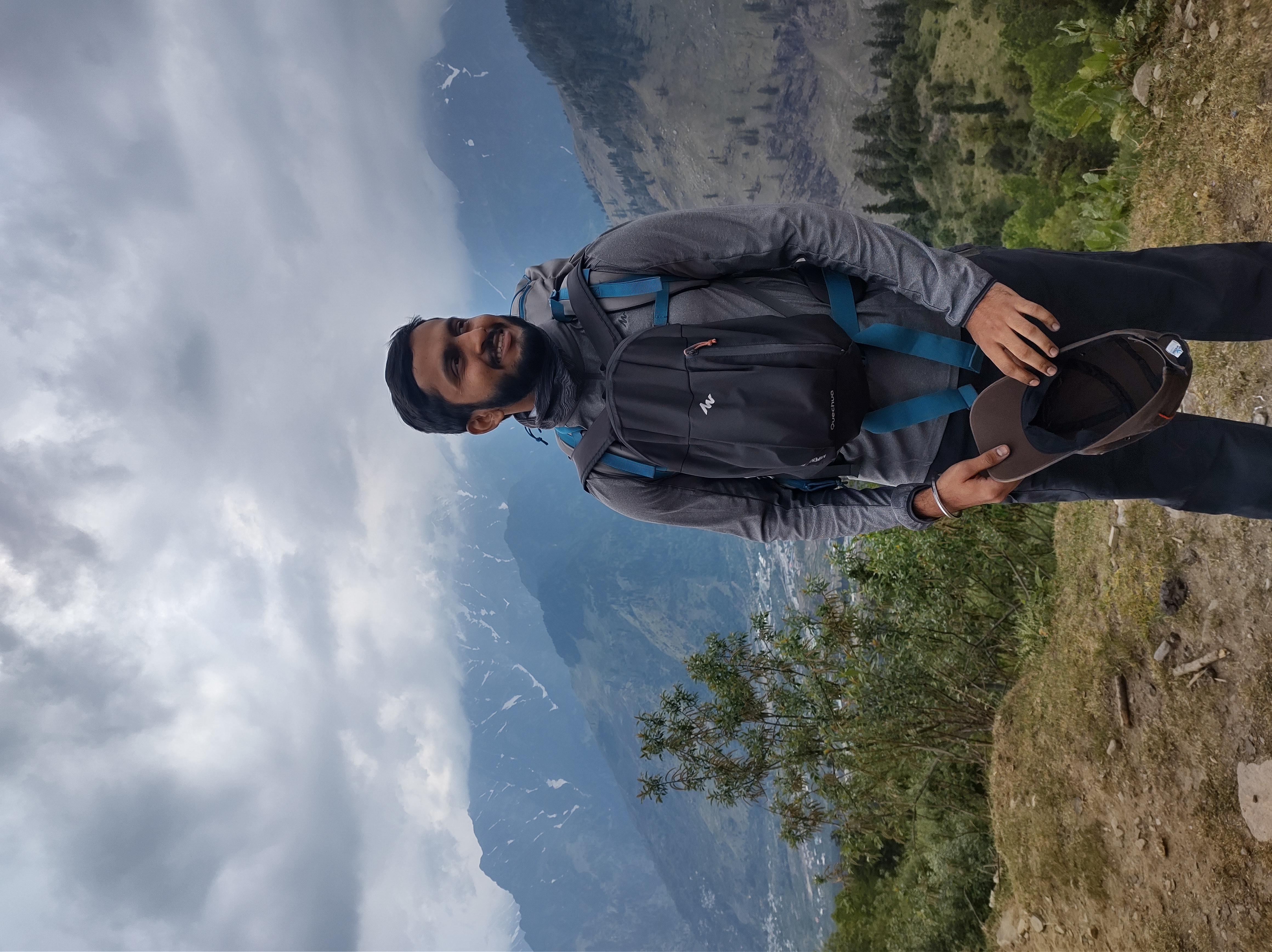Collectivization of Minds by the Social Media Platforms
But there is a new collectivization process taking place. This collectivization is not of land, but of minds. It is not carried out by the totalitarian state, but by all-pervasive social media platforms.
Total Views |
Collectivization! A word many dread and some still romanticize even today. Collectivization was first implemented in the 20th century by the USSR. Lenin strated the process and Stalin excelled at it, Mao did the same thing in China after the revolution. The collectivization of land for the collective farming led to disasters of incalculable magnitudes. It destroyed the Economy, culture, wealth, arts, knowledge, and human beings physically in all the countries of the USSR and China. USSR ceased to exist and Deng Xiaoping slowly but steadily did market reforms in the Chinese economy which ended collectivization in China.

But there is a new collectivization process taking place. This collectivization is not of land, but of minds. It is not carried out by the totalitarian state, but by all-pervasive social media platforms.
It is the similar ideological project of the left, that erases the individual identity and makes everyone a part of the collective. It is the same ideology, which made everyone forcefully think of themselves as Soviets and not as Ukrainians, Kazaks, Uzbeks, or Azeris, let alone as an individual human being. In the Soviet Union, the State grabbed all the land and made people work on collective farms. The idea was that it would lead to a greater yield and greater prosperity. But in reality, it led to the disastrous famine in Ukraine, also known as Holodomor, which killed millions of Ukrainians between 1930-1933. As the authorities realized the collective farming is failing, instead of course correction, the authorities doubled down on the dogmatic ideological assumptions and continued the collectivization. It took the grandson of one of the Kulaks (deemed as rich by the state and hence sentenced to Gulags or concentration camps), Mikhail Gorbachev to end this system in 1991.
Similarly in China Mao’s collectivization efforts led to famines and deaths of millions of Chinese people during the great leap forward and the cultural revolution of Mao. The worst part of it is, the CCP or the Chinese Communist Party knew about the famine and horror caused by the collectivization in Ukraine in the 1930s, and yet it implemented the same policy which killed many millions of Chinese. CCP led by Mao did that due to ideological reasons and nothing else. It was Deng Xiaoping who eventually stopped that madness when he took over from Mao and allowed private property and businesses in China which led to an unprecedented boom in the Chinese economy.
The new collectivization, collectivization of Minds is carried out by the ideological descendants of Lenin and Mao. This collectivization erases one’s identity as an individual and forces one to have a collective identity as a group. Today, all the social media platforms incentivize following the ‘Trend’ and disincentivize bucking the ‘trend’. Especially all the audio-video-based platforms like Instagram, Facebook, and Tiktok incentivize following a trend and making videos on whatever is trending on that day. A recent and prominent example of this would be the 'Kacha Badam' song on which everyone started dancing. Almost no one who was dancing on it understood a word of it. But they did dance and make videos of their dance because those videos were getting viral, as that is the algorithm of these social media platforms. This incentivizes the group identity and the approval seeking in the user, while it disincentivizes individual identity and the ability to do something unique without the approval of others. It is not the argument that social media platforms are pure evil, not at all. Social media platforms can be and are being used in positive ways in our society. But there is this side of social media platforms that cannot be ignored.
Even when social media was not there, peer pressure used to play a huge role in such group identity and approval-seeking mechanisms. It starts with friends pressurizing to smoke or drink alcohol and the individual in his or her teens falling to it because all the ‘cool’ kids are doing it. Then they do it because they won't be invited to certain parties and events if they don't consume it. Another example would be the prevalence of Sangeet at almost all weddings across Urban India. Bollywood shows weddings in a particular manner that is grand and which contains a sangeet as well as a Haldi ceremony at a grand level. The regular Bollywood fan tries to replicate it as his or her favorite star has done so in the movies. Eventually, it becomes a part of the ‘popular culture’. Similarly, nowadays, Halloween, an American cultural festival is celebrated by many people in some Indian cities, especially by the people who have been in the West or aspire to be in the West. All of this is to seek approval from peers and to be a part of a group that does all that. All of this was happening even before social media platforms existed. But today, because of social media platforms, this is happening at a much faster pace and to a much larger audience than traditional media ever could. And it is the algorithms of these social media platforms which incentivize approval-seeking and group identity. The culmination of this process is when an individual has to make a direct or indirect political choice. Then the individual follows the same pattern and does what will be approved by his or her peers and follows the ‘trend’. The individual stops critical thinking which generates questions and starts being part of a collective identity of a group. This leads to not asking questions about apparently silly policies like Lockdowns and Mask mandates even after the vaccine. Because that requires critical thinking, bucking the trend, and doing something which one’s peers may or may not approve of. That completes the process of collectivization of a Mind.
American Social psychologist, Jonathan Haidt, has talked about how social media ‘networks’ became social media ‘platforms’(to understand the difference, one has to read a book called, The Square and the Tower, by Niall Ferguson) and how that is harming society. He of course talks about American society. But the argument is still valid in the Indian context as well.
The social media companies and their left-wing bias are not only in their administrative and management style but it is also in their algorithms that collectivize the Mind.



